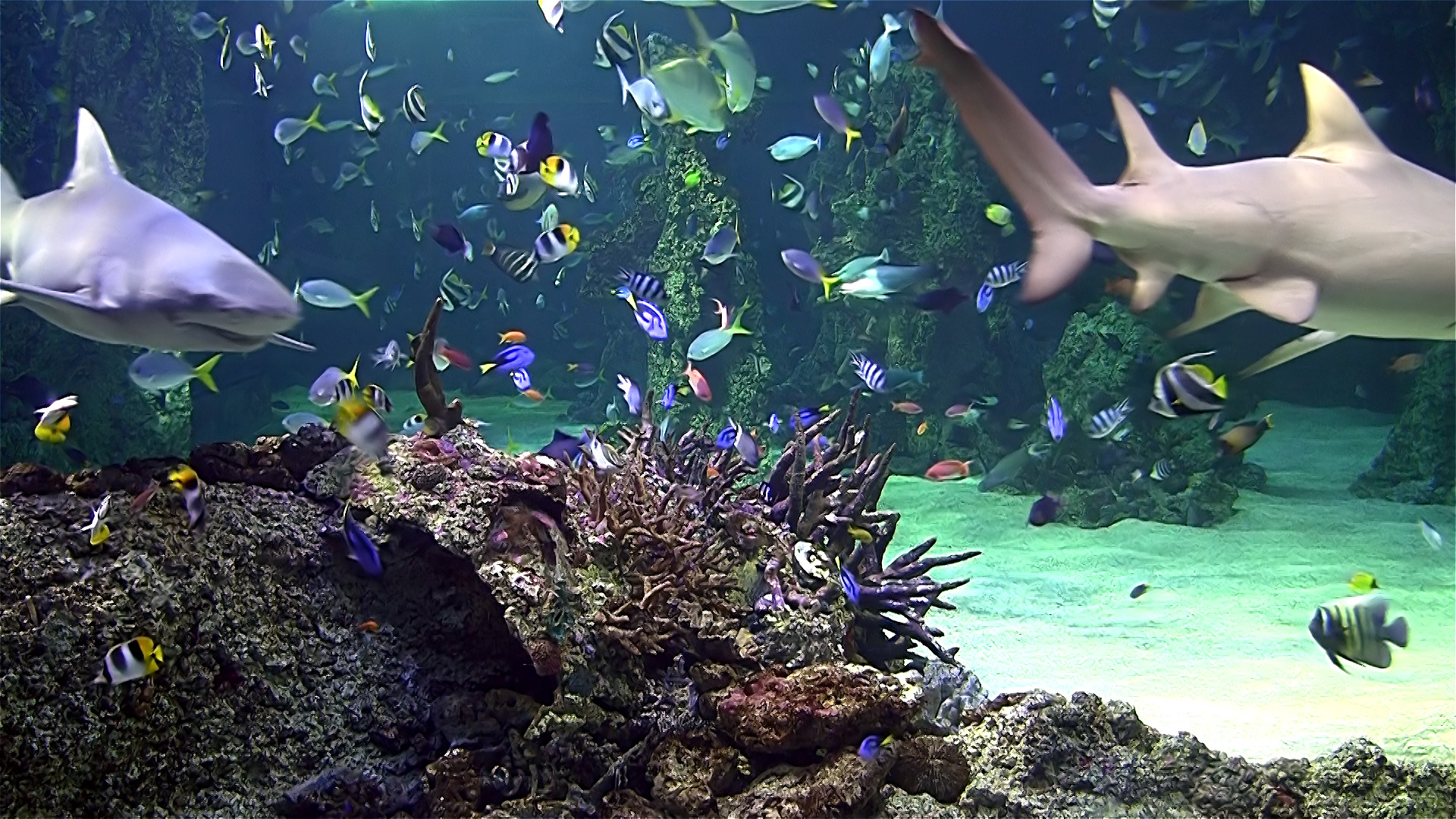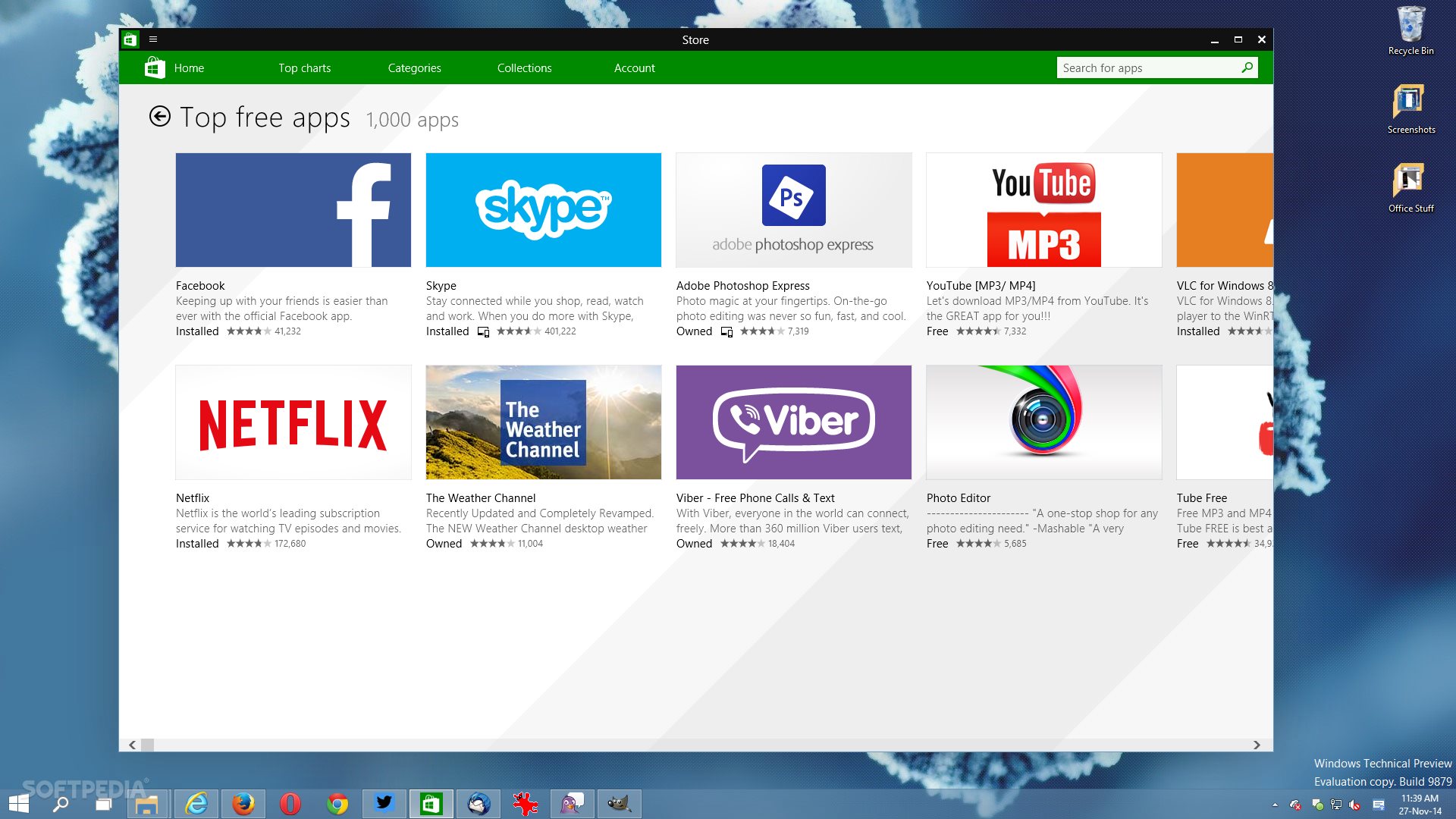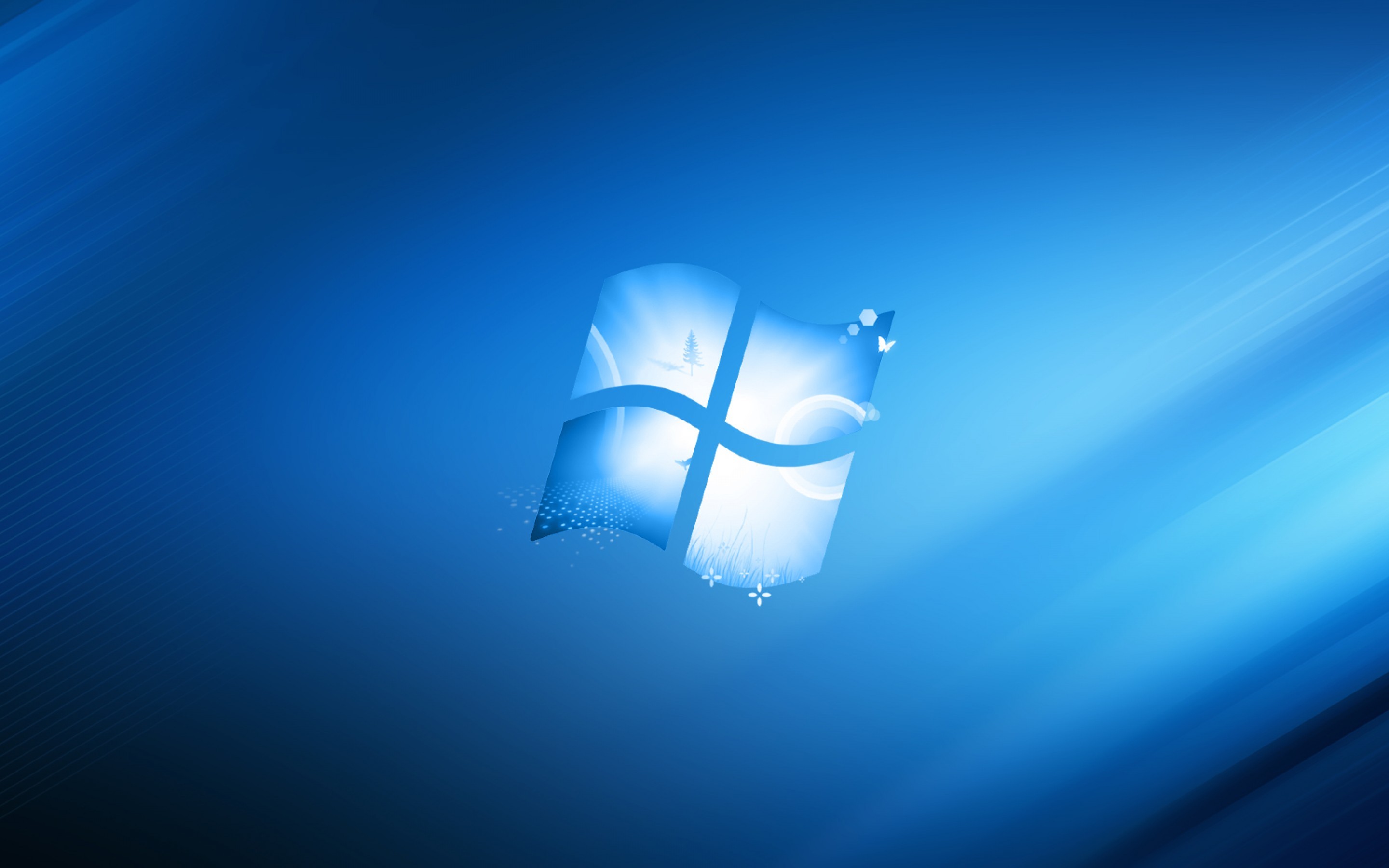What about Boot Camp, Apple's long-standing option for running a Windows system on a separate partition on an Intel-based Mac? Boot Camp still exists, but Apple has effectively stopped supporting it. And Boot Camp has a major inconvenience; you have to shut down your macOS system and restart it every time you want to run Windows. There's no integration between macOS and your Windows partition, either. Boot Camp won't let you run a Mac app and a Windows app at the same time or transfer files between systems quickly, for example. If you have an Apple Silicon Mac, don't even think about Boot Camp.
If you want to run complex software such as the Windows version of Excel or any high-end game, then you need to set up a virtual Windows system, sometimes known as a virtual machine . You can run this virtual system entirely inside a macOS app. The VM behaves as if it's running on real hardware with a real hard drive; it just runs a bit slower than a Windows system running on physical hardware. The reason for the slower performance is that this method requires you to run an entire Windows system in the background in addition to the app you want to use.
Both Parallels and VMware Fusion let you create a virtual system by cloning an existing desktop system across a network, but it's a lot simpler to install a fresh copy of Windows. Users of Intel-based Macs can download the standard Windows ISO file from Microsoft and rely on Parallels or Fusion to install Windows correctly from there. M1 Mac users must register for the Windows Insider Preview program and download the ARM version of Windows 10. Only Parallels supports the ARM version, but it has no trouble configuring your Windows VM with that version on an Apple Silicon Mac. Parallels recently announced support for Windows 11 on M1 Macs, but again, for the ARM version only. On an Apple Silicon-based Mac , Parallels Desktop is your top option.
Parallels is more approachable for beginners and faster. VMware Fusion is friendly enough for any experienced Windows or Mac user, but it's more suitable for corporate use. Boot Camp doesn't allow you to easily transfer content between OS X and Windows partitions like virtual machines do, and you can't run the two operating systems simultaneously. But it does give Windows full access to the processing power of your Mac. It's also completely free , and a shared Dropbox / Google Drive / OneDrive folder can make data transfers a bit easier. With this release, Windows is back on the Mac, but with a big caveat.
The software requires that you use a version of Windows designed to run on ARM processors, called Windows 10 for ARM64. Regardless of whether you choose Parallels or VMWare, set aside about 20 minutes to install Windows and 30GB or more of disk space on your system. If you wish to run both macOS and Windows on a single Mac computer, UITS recommends using Apple's Boot Camp utility to install Windows 10 on your Intel-based Mac. You can create an unlimited number of virtual machines from a single VMware Fusion license.
You will need to provide the required operating system software and license for each installation of a virtual machine. Next, download and install Parallels Desktop if you don't already have it. At the end of the installation, the program tells you that you need an installation image with an ARM-based operating system. Click the link for "How to download Windows 10 on ARM Insider Preview" for documentation and a video that explain the process.
At the Create New screen, click the button for "Install Windows or another OS from a DVD or image file." Click Continue . The common platform of VMware lets you connect with ESXi, vSphere as well as Workstation servers to manage, launch and control the physical hosts and virtual machines alike. You can transfer VMs easily from the data center of vSphere to your Mac desktop to run it in Fusion. The Tools tab in your Wineskin app also has a button that launches an app called Winetricks; it lets you install fonts your app may need or change the emulated Windows version.
In the Wineskin app's Configuration tab, you can replace the default Wineskin app icon with any icon you choose. Expert Windows users can use the Regedit button to modify the Wine version of the Windows registry so that a Wine-based app will open files dropped on it. A few minutes with Regedit were enough to modify my Axialis app so that it automatically opened any Mac icon I dropped on it.
You can find instructions for modifying the Registry on the web, for example, method 4 on this page. Once Boot Camp Assistant creates the partition, it asks for your administrator password. Your Mac then restarts and loads the Windows ISO. Follow the steps in the ISO's installer, entering your product key and choosing the correct version of Windows to install. Perhaps the easiest way to get Windows up and running on your Mac is to use virtual machine software. JohnIL February 12, 2021 I prefer to run Windows natively, I use Windows 10 a lot on my Mac's.
Apple moving to a custom ARM chip for Mac's means that Boot Camp is no more. Parallels is working on a M1 Mac based preview but even that application will only run ARM based operating systems. I think Apple switched to its chips purely on locking in users and making more profits. I have my doubts since the whole platform becomes locked to Apple. Although there are other virtual machines are available, Parallels is by far the easiest way to install Windows 10 on Mac. You don't even need to purchase it to try it – you can download a free trial of Parallels instead.
CrossOver is simple to set up with 1-click installation and use applications at top speed. Available at a starting price of just $39.95, the software is an economical choice. It also saves plenty of your computer resources and occupies only the space the Windows programs need while saving you from hassles of rebooting.
After allocating, click on "Next" to allocate hard disk space for the virtual machine . Click on "Create" and then copy the disk type "VMDK" as well as in the subsequent dialog "Dynamically Allocated". During this part of the installation, your Mac will restart a few times, ultimately landing you at a screen that will ask you which partition you want to install Windows 10 on.
Select the partition labeled "Boot Camp," format it for NFTS, and continue with the installation. You'll go through the setup wizard where Windows will ask you for the product key and you'll be on your way. When it's finished, Windows will automatically restart and bring you through the rest of the installation.
Once at the Windows desktop, the boot camp installation program will show up. This will install all the necessary drivers for Windows to run properly. SFTP With support for strong ciphers, public key and two factor authentication. Read settings from your existing OpenSSH configuration.
WebDAV With interoperability for ownCloud, box.com, Sharepoint and BigCommerce and many other WebDAV servers. TLS mutual (two-way) authentication with client certificate. OpenStack Swift Connect to Rackspace Cloudfiles or any other OpenStack Swift cloud storage providers.
Google Cloud Storage Connect to buckets in Google Cloud Storage and configure as a website endpoint. For the needs of most Mac users that want to run Windows only programs on Mac, using a virtual machine is by far your best option. If your copy of Windows came on a USB flash drive, or you have a Windows product key and no installation disc,download a Windows 10 disk image from Microsoft. You computer will restart automatically and without warning.
You may see a black screen for several seconds as the partitioning process takes place. After the partitions are set, the Windows 10 installation will begin. The display drivers will not yet be scaling Widows 10, so everything will be tiny (we'll fix this later in this guide). Boot Camp is also referred to as dual-booting that makes you run macOS and Windows on a single hard drive side by side. This method offers better performance as compared to virtual machines as Windows can leverage all the resources of the system.
Config Key feature, hash checksum value to verify settings used by SEB. The Config Key can be generated automatically by a compatible exam system together with the SEB config to be used for an exam. All SEB versions supporting the Config Key generate the same key, as long as the same SEB config file is used. To license VMware Fusion, simply enter a purchased license key during product installation in the license key field. Alternatively, you can enter your serial / license key from the "VMware Fusion" drop-down menu in the product. Choose "License" in the drop-down menu, enter the serial / license key and choose "OK."
After the evaluation period has expired, you will be prompted to enter a license key. After purchasing the product, you will be provided a license key. Enter the purchased license key when prompted to unlock the full "unlimited" version of the software.
To take advantage of complimentary email support for up to 18 months, your license key must be registered. If you purchased the product from the VMware Online store, your license key is automatically registered. If you purchased from a reseller, you need to manually register your license key in MyVMware. Please consult thisKB article[JC for detailed instructions on license key registration.
Yes, VMware Fusion 12 has 3D hardware-accelerated graphics support. For Windows VMs Fusion now supports DirectX 11 (with Shader Model 5.0) and earlier. For Windows and Linux guests Fusion provides OpenGL 4.1 capabilities. Fusion uses Apple Metal graphics technology to render 3D hardware-accelerated graphics to virtual machines on compatible Mac systems. If a virtual machine has been created, you will see the respective settings in different areas in the right-hand pane. Under Mass Storage, select the CD/DVD icon and include the Windows 10 ISO image file.
Depending on the app or game container you build, you may need to customize it so that it can access folders on your Mac system. Apps won't run as quickly or as smoothly as they do with commercial solutions, and you still need to purchase a Windows license to use with VirtualBox. For corporate users who need high reliability and tech support, Parallels Desktop and VMware Fusion are the only answers. Both let you run Windows apps in a mode that hides the Windows desktop so that your Windows app appears as an ordinary Mac app too. It's a neat feature, but you'll likely find that your Windows app is a lot more sluggish than the Mac apps running on the same desktop.
For running individual apps, I prefer the Wine-based methods that I describe later; they are free and can offer better app performance. Parallels starts to create the virtual machine for Windows 11. Click the category for Hardware and select CPU and memory. Make sure that at least two CPUs are selected and then change the memory to at least 4GB . After the installation, click the Windows 11 screen to continue.
Windows 11 opens as a virtual machine inside Parallels Desktop. At the next screen, enter the license key for Windows 11. Uncheck the box for Enter Windows License Key for faster installation if you wish to bypass this for now. At the next screen, select the edition of Windows 11 that you want to install, such as Windows 11 Home or Windows 11 Pro. First, you'll need to download the ISO file for Windows 11 on your Intel-based Mac.
Go to Microsoft's Download Windows 11 page and select the third option for Download Windows 11 Disk Image . Click the dropdown menu for Select Download and choose Windows 11. Click the button for 64-bit Download, and the ISO file is saved to the Downloads folder on your Mac . Windows 11 runs as a virtual machine within Parallels Desktop, similar to the way it would run under a Windows VM application, such as VMware Workstation or Oracle VM VirtualBox. You will need a product key for Windows to activate it within Parallels Desktop.
I've added Boot Camp and Windows 10 to a whole bunch of Macs ranging in age I would add that a MacBook Pro 2010 cannot use an iso insisting on using an optical disk. Each Mac seems to have different methodologies and some such as my Mac mini 2012 failed at the last stage due to an EFI issue according to the Windows installation setup. All good fun but not one Mac I used was the same procedure.
The easiest by far was a new Mac Pro cylinder which literally did everything unattended up to where the Windows welcome screen takes over. Click Next, then enter your Windows 10 activation key if you have it. If you don't have one yet, click "I don't have a product key." In that case, choose which version of Windows 10 you want to install. Accept the terms and click next on the next page to begin the installation. With an easy to use interface, connect to servers, enterprise file sharing and cloud storage. You can find connection profiles for popular hosting service providers.
Use Host-Only network mode to interconnect virtual machines in isolated networks. Using Boot Camp in Parallels Desktop virtual machine is easy—just follow our installation assistant at startup. The alternative to a using a virtual machine is to install Windows in a separate partition on your hard drive using Apple's Boot Camp. Keep accessing and using data and apps from any operating system and device from anywhere.
You can develop and test across different OSes for Mac in a VM, access MS Office for Internet Explorer and Windows. Move your files, applications, etc. quickly from a PC to your Mac. Besides, they have to check their functionality across different operating systems, which further burden them. So, if they do not separate macOS and Windows computers, they can install Windows on their Mac and test the programs. MacDrive also includes powerful features that enable you to create and partition Mac disks direct from your PC. And in the event that your Mac disks is having a problem, our robust repair feature can fix basic disk issues.
From floppies to hard drives, MacDrive can handle almost any disk you toss at it. Yes, you can run as many virtual machines concurrently with VMware Fusion 12 Pro and Player as your system's CPU, RAM and disk storage will support. In fact, VMware Fusion leverages patented memory-sharing techniques to drastically reduce the memory required to run multiple virtual machines at the same time. VMware Fusion requires the installation of an operating system in order to function. The operating system is not included with the purchase of VMware Fusion.





























No comments:
Post a Comment
Note: Only a member of this blog may post a comment.